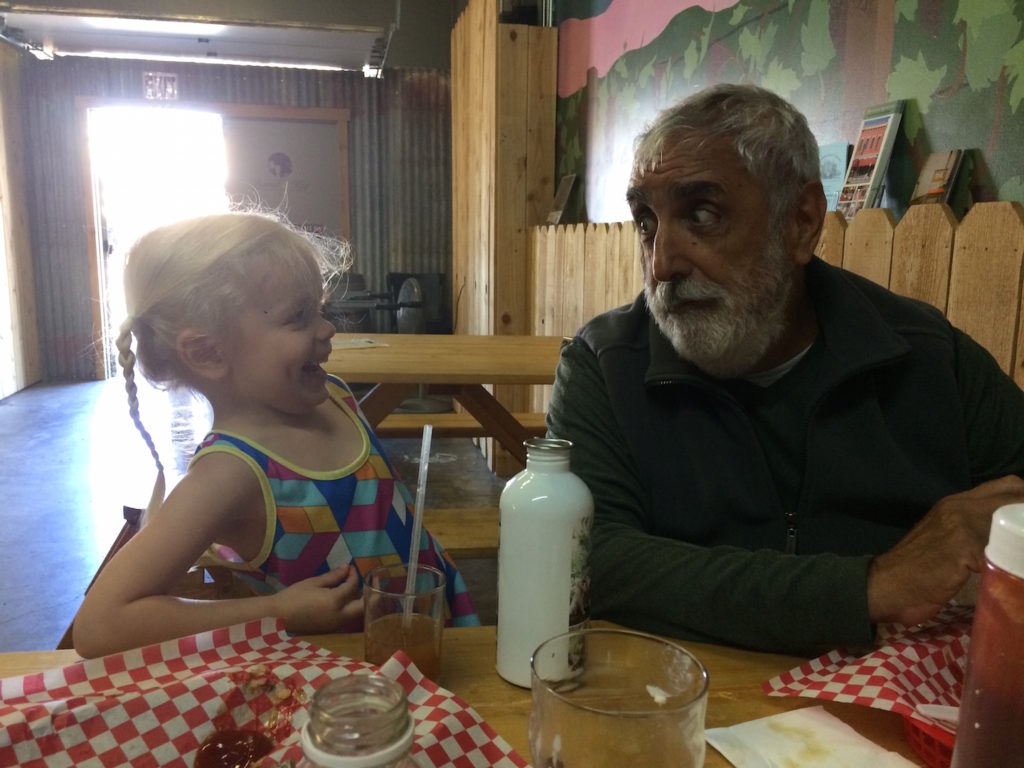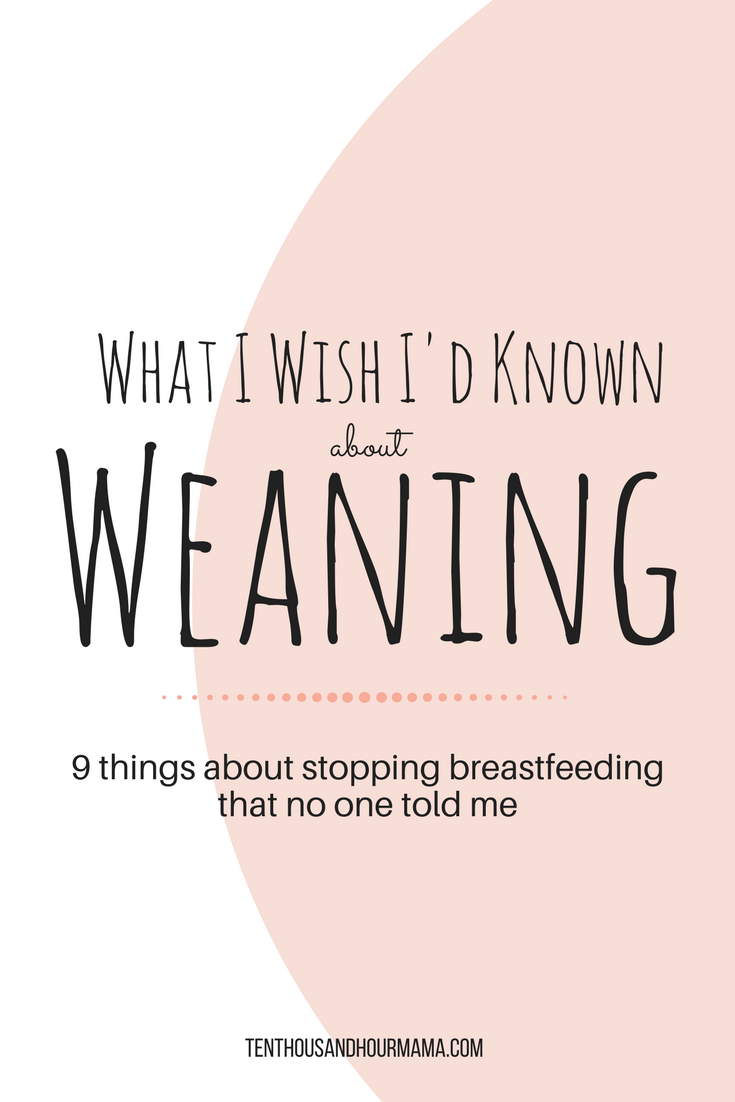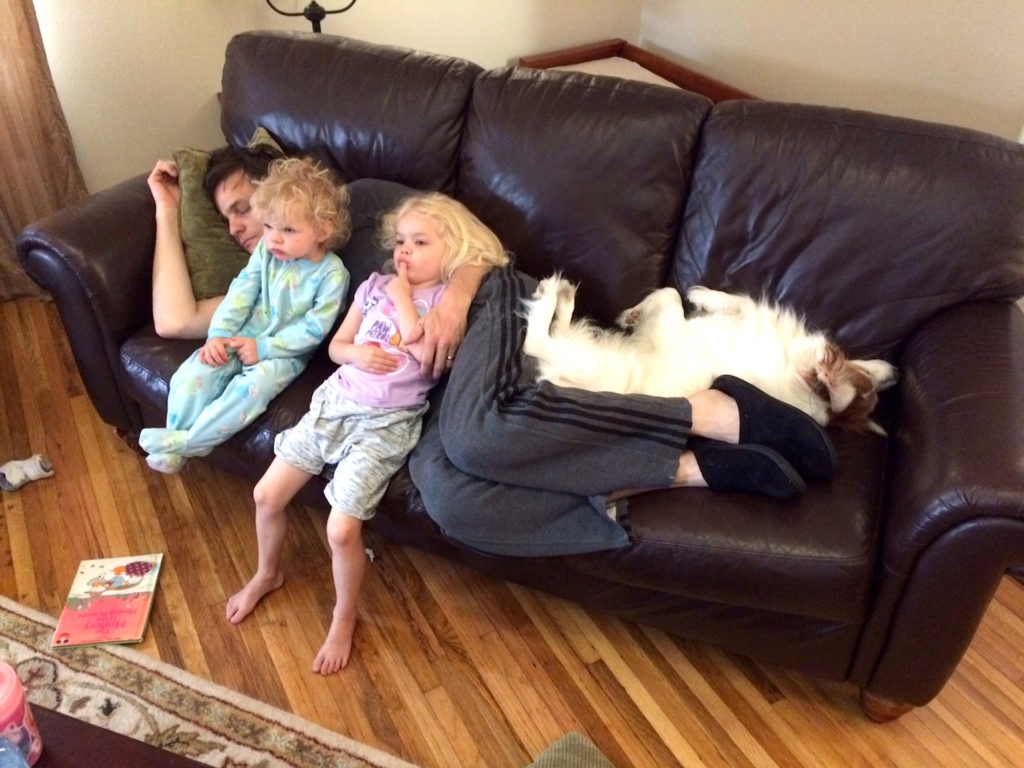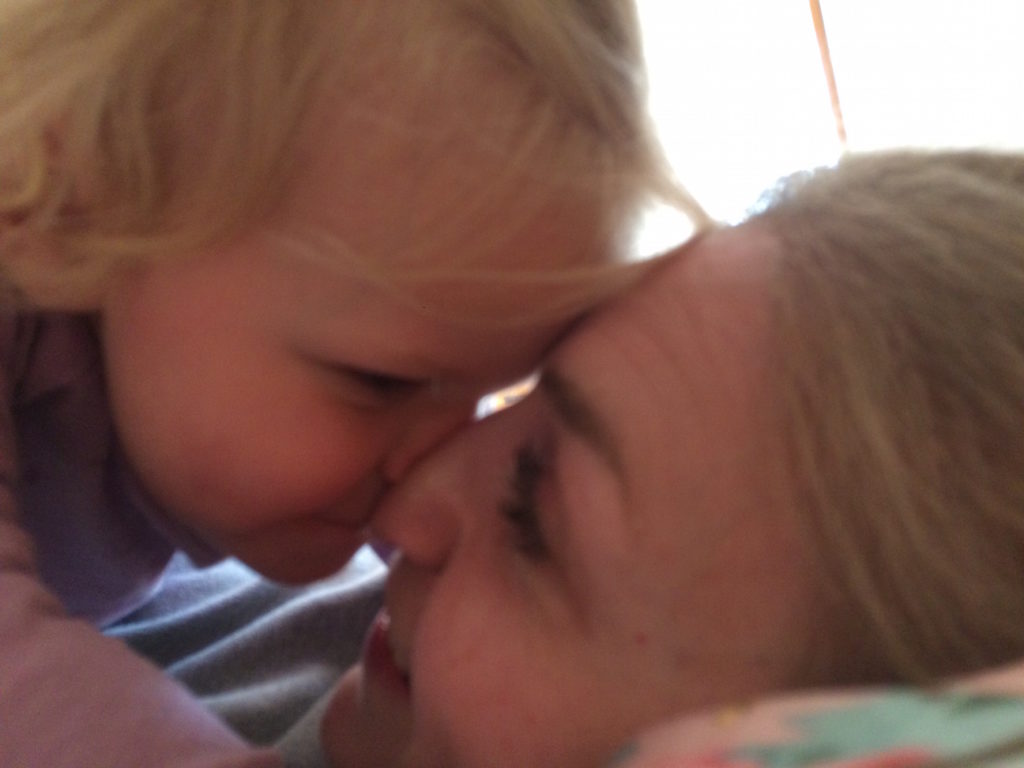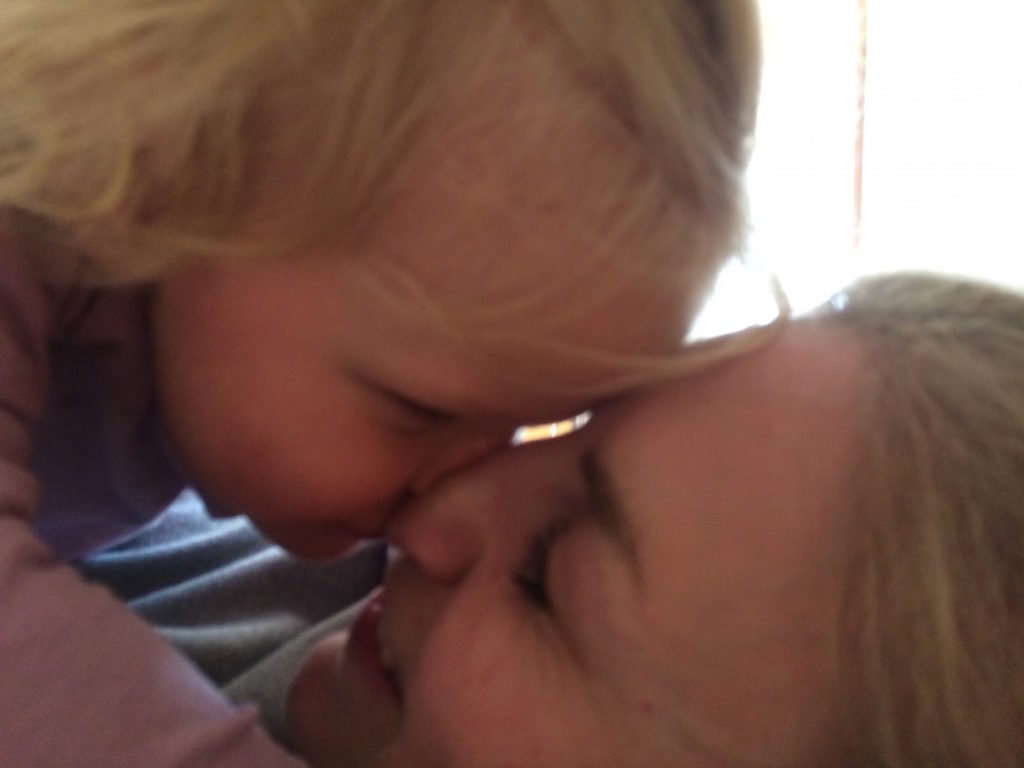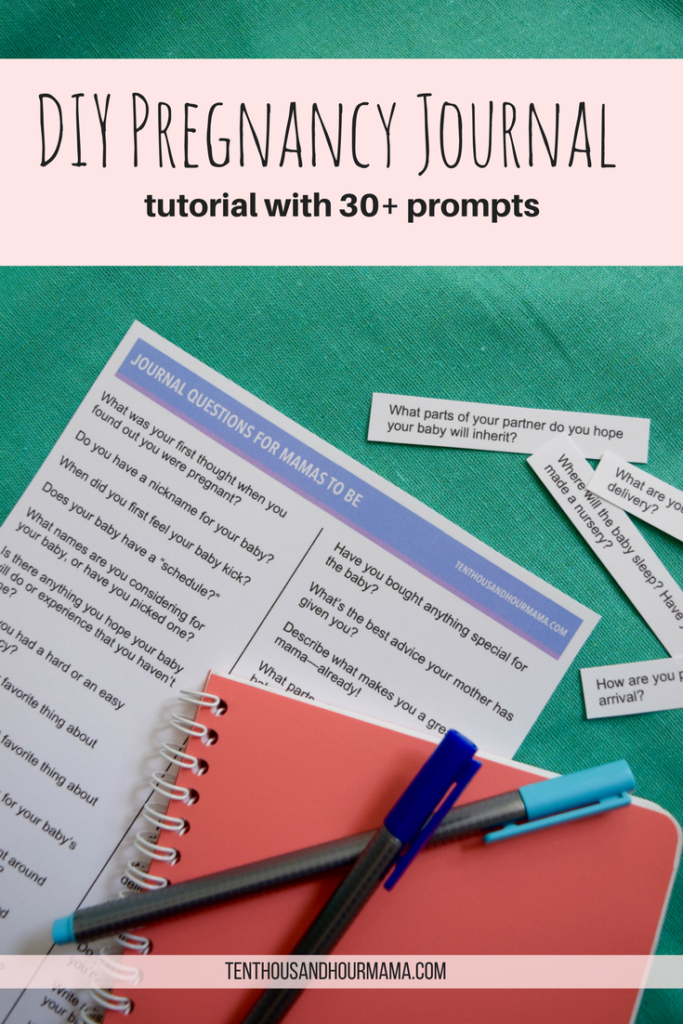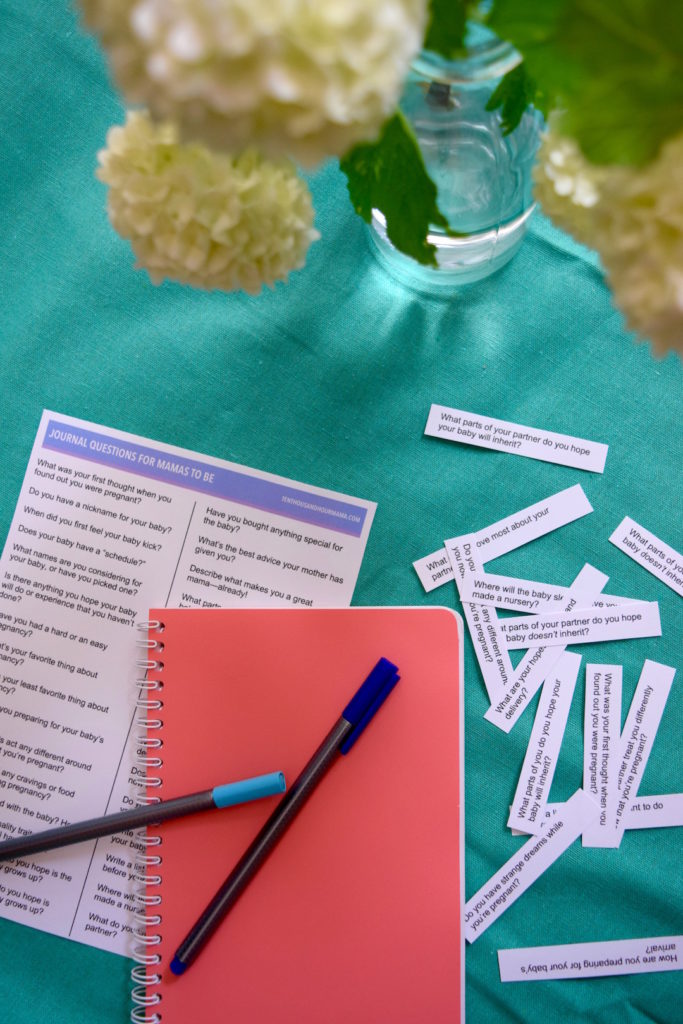Ever since she was a toddler, Peeper has had the gift of gab. She was making puns, telling stories and naming all her letters before she turned 2. I had always dreamed of raising a multilingual child—but that vision has turned out a little differently in reality. (You’re shocked, right?)
Now that she’s nearly 4 (?!?!?!?), Peeper is using language in ways that make us laugh—and translate more words online than I ever thought I would.
The most hilarious way this kid uses language: According to her, she is multilingual.
Sign language for kids
English is her first language, of course. Her second is sign language. Teaching my kids to sign seemed a reasonable place to begin raising a multilingual child.
Like many families, we used sign language with Peeper before she could talk. And when we used ASL with Kiwi, Big Sister picked it up again.
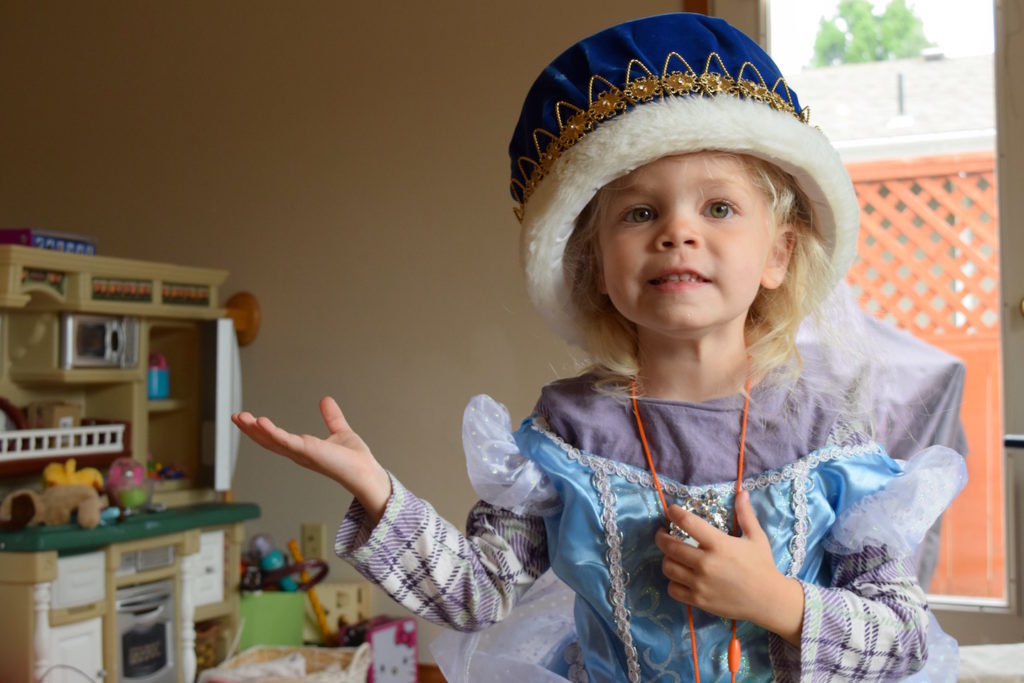
When we didn’t know a word in sign, we’d look it up. The whole family’s sign language vocabulary grew and grew. The girls continue to sign even though they can speak with their words just as well.
Then one night while I was putting Peeper to bed, I could barely keep my eyes open as I sang her Frosty the Snowman. Yet my supposed-to-be-sleeping preschooler was jiggling and wiggling in the bed.
I opened my heavy eyes and saw her hands were flying around, flitting this way and that as I sang.
Soon enough I realized she was “signing” the words to the song. The movements of her hands matched the action of Frosty—and her little face was intent with concentration. She stacked her fists atop one another for “snowman” and tapped her head for “hat.” My favorite of her made-up signs: for “dance around,” she’d shimmy and boogie under the covers.
Her interpretation of Frosty the Snowman may not be understood by anyone who uses real sign language, but I certainly followed along—and appreciated her creativity.
Learning Chinese in preschool
Next step in raising a multilingual child: In Peeper’s school, the kids learn a bit of Mandarin, starting as early as preschool. They sing songs, learn basic words like colors and “friend” and count in Chinese.
In an attempt to become multilingual myself, I studied Mandarin briefly in middle school when I lived in Singapore. It was hard. Granted, Peeper and her classmates aren’t learning to write characters (which was the most difficult part for me!) but even still, Mandarin isn’t the simplest language.
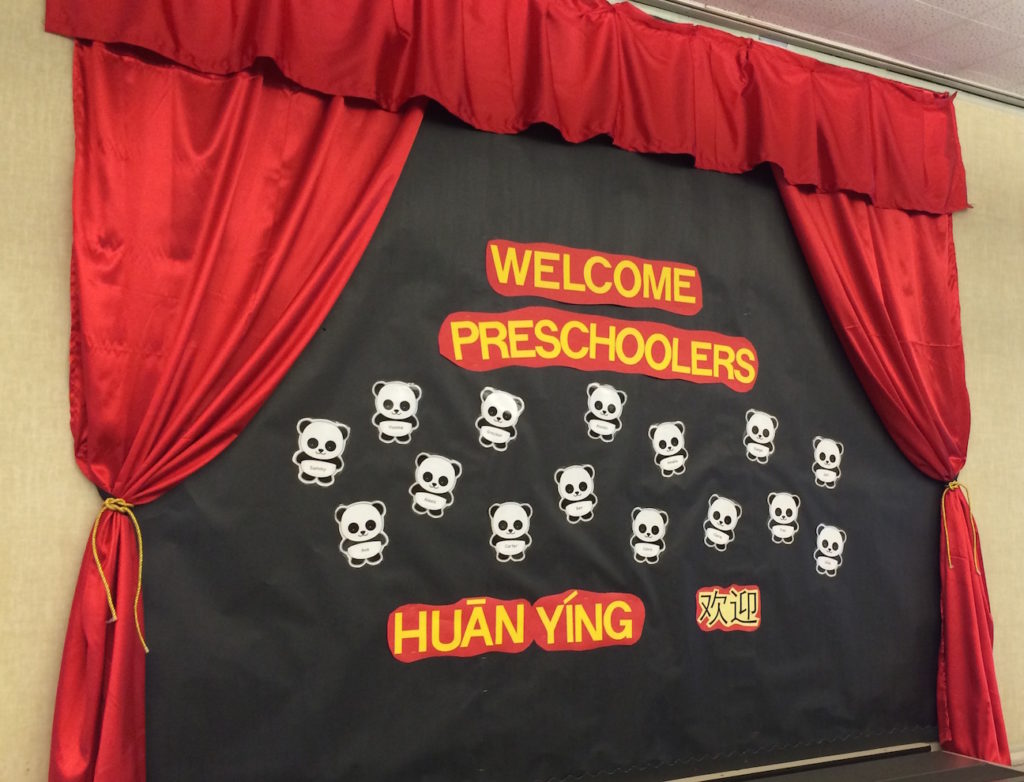
Yet Peeper is soaking in this new language. Sometimes I hear her counting in Chinese, and I swear she can count higher in Mandarin than in English.
The other day Kiwi and I picked her up from school. As we walked down the hallway, my multilingual child pulled on my arm.
“Wo ai ni,” Peeper told me. “I love you.”
“Oh honey, wo ai ni!” I replied.
One of the school’s teachers, who is Chinese, walked by at that moment. She was almost as thrilled as I was!
The rest of the way home, Kiwi practiced some Mandarin of her own. “Ai ni ” she repeated over and over.
“Kiwi is saying ‘ai ni!'” Peeper praised her sister the entire way home. Before long, Little Sister will be listing the reasons she simply will not go to sleep or wants the Paw Patrol sippy cup, not the Cinderella one—in Mandarin.
A child’s version of Spanish
The final language Peeper “speaks” is Spanish. You’d think raising a multilingual child with Spanish would be easier, considering I used to be mostly fluent and am now conversational. But I hardly spoke Spanish with her, despite knowing that raising a child to be bilingual or multilingual has tons of benefits, including a boost in school performance, empathy, executive control and an appreciation of diversity.
Even still, we sprinkle a few words here and there. “That’s how you say ‘let’s go’ in Spanish,” we’ll say, or “that means ‘where are you?'” We often check out books with Spanish sprinkled throughout, so Peeper has picked up a number of palabras en español. She’s definitely picking up on the fact that you use different words to talk in different languages.
Proof: One afternoon Peeper got our attention.
“Want to know how you say ‘yes’ in Spanish?” she asked with her too adorable lisp on her s’s.
“How?”
Instead of saying “sí,”—or anything else for that matter—she wiggled her eyebrows up and down like Groucho Marx.
So now that’s how we say ‘yes’ to each other.
Eyebrow wiggles from Catherine Ryan Gregory on Vimeo.
“Do you want some bunny crackers?”
“Should we go to the playground?”
“Did you just konk your sister on the head with that block?”
Eyebrow wiggle.
The humor in raising a multilingual child
My host parents and host sister from when I studied abroad in Argentina have been in town this summer. We haven’t seen them since Peeper was just two months old, so it’s been nearly four years since I last saw them in person.
Recently we met up in Salem. It was wonderful to see them again after so long and for them to spend time with the girls, especially Kiwi, whom they had only met on Skype and Facebook.
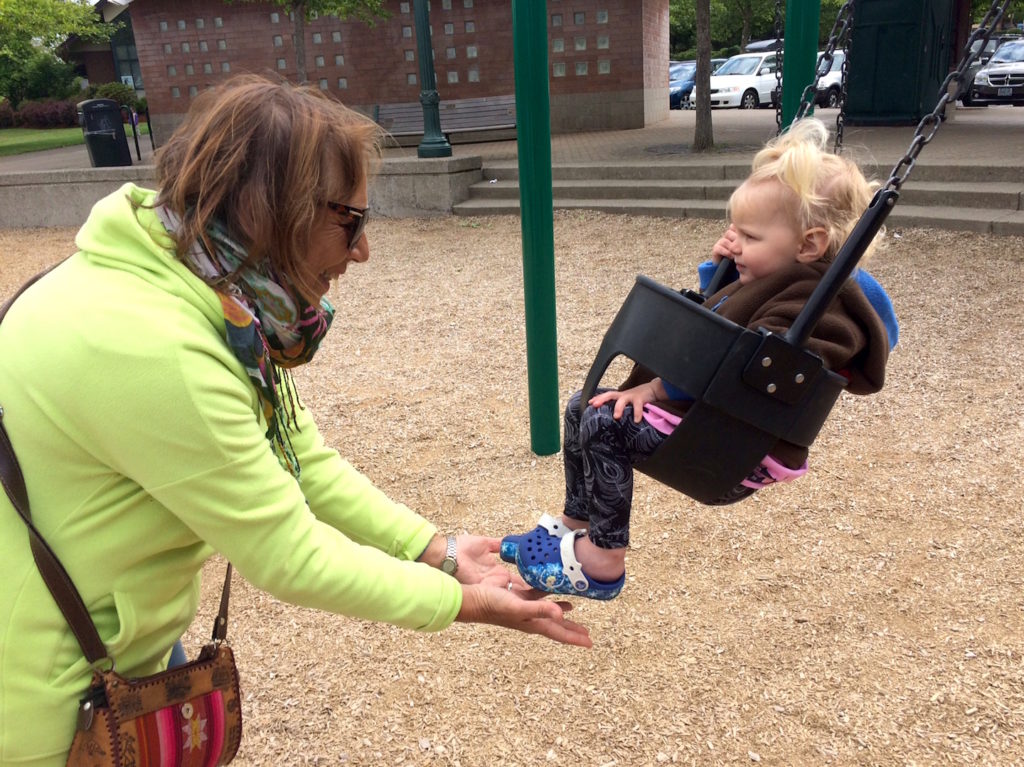
About halfway through the day, though, Peeper told me, “Mama, stop talking like that.” She of course couldn’t understand our conversation in Spanish. (Reason #589 that I should do a better job of raising a multilingual child.)
“Honey, that’s the language Abuela and Abuelo speak,” I explained.
Then I told my host parents that Peeper could say “sí” in Spanish. They looked at Peeper expectantly.
Peeper, who had gone from hiding behind my legs to holding onto Abuela and Abuelo’s hands, didn’t hesitate. She wiggled her eyebrows up and down, looking at my host parents all the while. The whole table—including Peeper and Kiwi—cracked up. Then Peeper and my host dad took turns wiggling eyebrows at each other, barely containing their giggles.
As it turns out, laughter sounds the same in every language.
